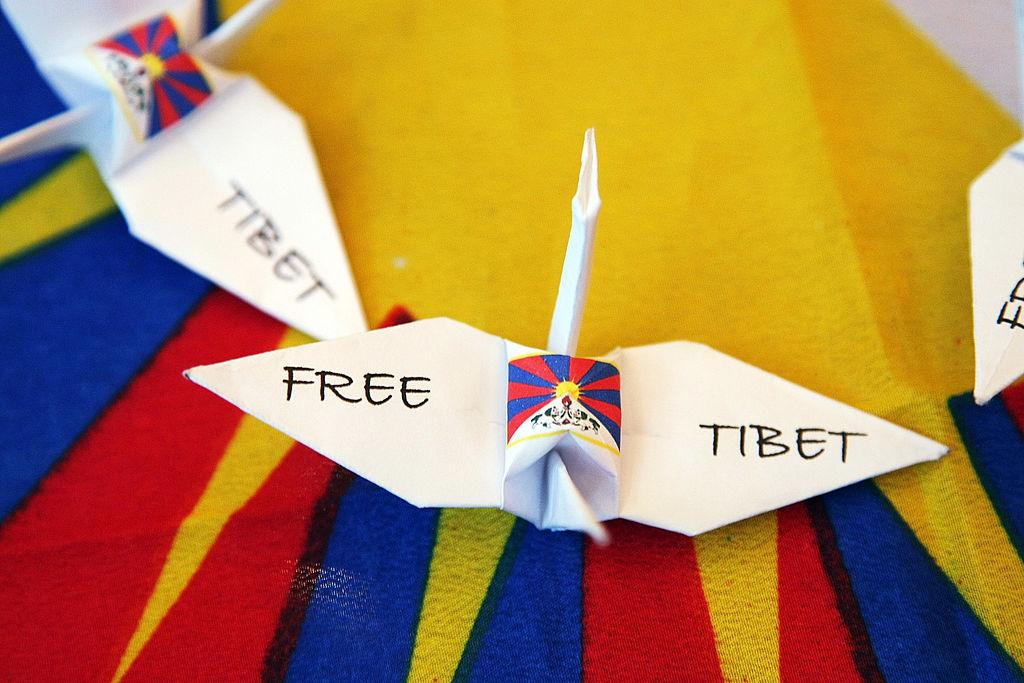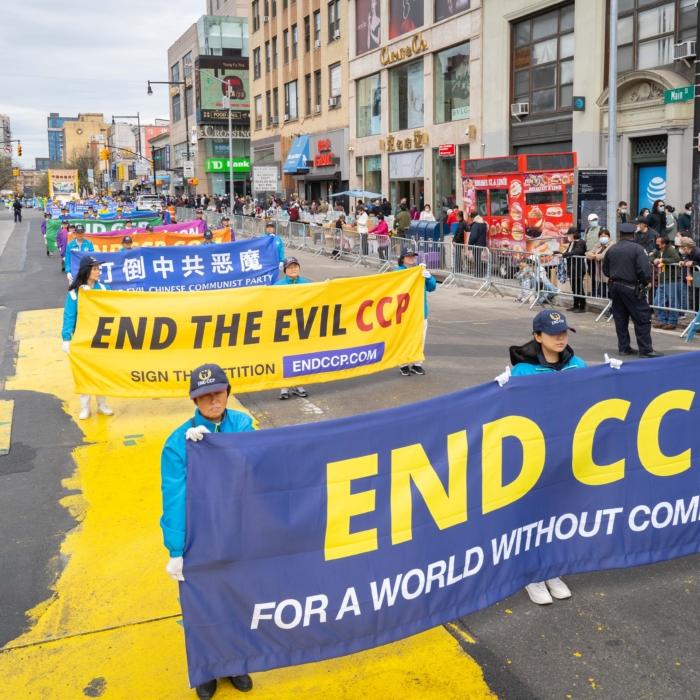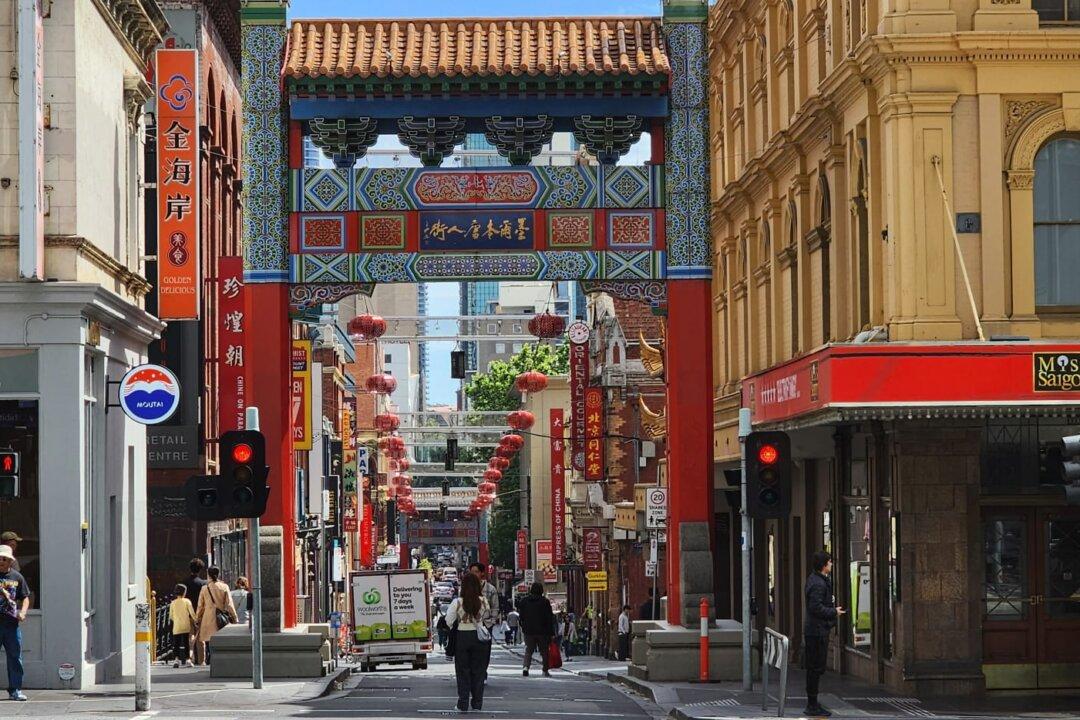Commentary
It seems almost a generation ago that the World Champion Australian cyclist, Cadel Evans, caused controversy by wearing a Free Tibet t-shirt underneath his racing jersey.
Mr. Evans, the only Australian to win the Tour de France, explained: “Trying to bring awareness of the Tibet movement is something someone in my position can do. I just feel really sorry for them. They don’t harm anyone, and they are getting their culture taken away from them.”
Tibet has its known supporters, like other causes, but its prominence as an issue has waned in the public consciousness.
This is a pity, as it was the early example of ongoing Beijing colonialism, and remains a lesson in the brutal consequences for the victims of the Chinese Communist Party (CCP).
In the struggle for global attention, it is little wonder that the most egregious instances of terror and sickening savagery attract the greatest global interest—in particular, the atrocities perpetrated on Israelis recently and the various responses.
Other conflicts, including the unending war in Ukraine, the oppression of the Burmese, and the slaughter in Nigeria, have receded from the headlines, replaced by new appalling events.
Naked aggression, breaches of human rights, the flouting of international norms and laws, and subjugation, struggle to receive the ongoing recognition and condemnation they deserve.
I was reminded of these other events by the recent news about the ongoing subjugation of Tibet by the CCP—and the bizarre endeavours by its leadership to appoint the next spiritual head of Tibetan Buddhism, the Dalai Lama. It is part of the almost century-long efforts by the CCP to colonise Tibet and destroy its culture.
Invasion and Colonisation
The notion that Tibet is of relatively recent origin, and merely a province of China, is a CCP narrative, devoid of historical accuracy. The idea of China as a nation-state is also relatively new invention.A distinct Tibetan culture, religion, and empire can be traced to at least 1,000 years BC. By 600 AD, a vast Tibetan empire stretched across Central Asia.
In 1642, the Fifth Dalai Lama, assumed both spiritual and temporal authority over Tibet. He established the Tibetan government and was invited to China by the Manchu Emperor who received him as an independent sovereign and as an equal.
Little in the recorded history of the past centuries supports the false CCP claim that Tibet capitulated to China, or was other than a separate sovereign nation. The CCP’s assertions are just that, assertions.
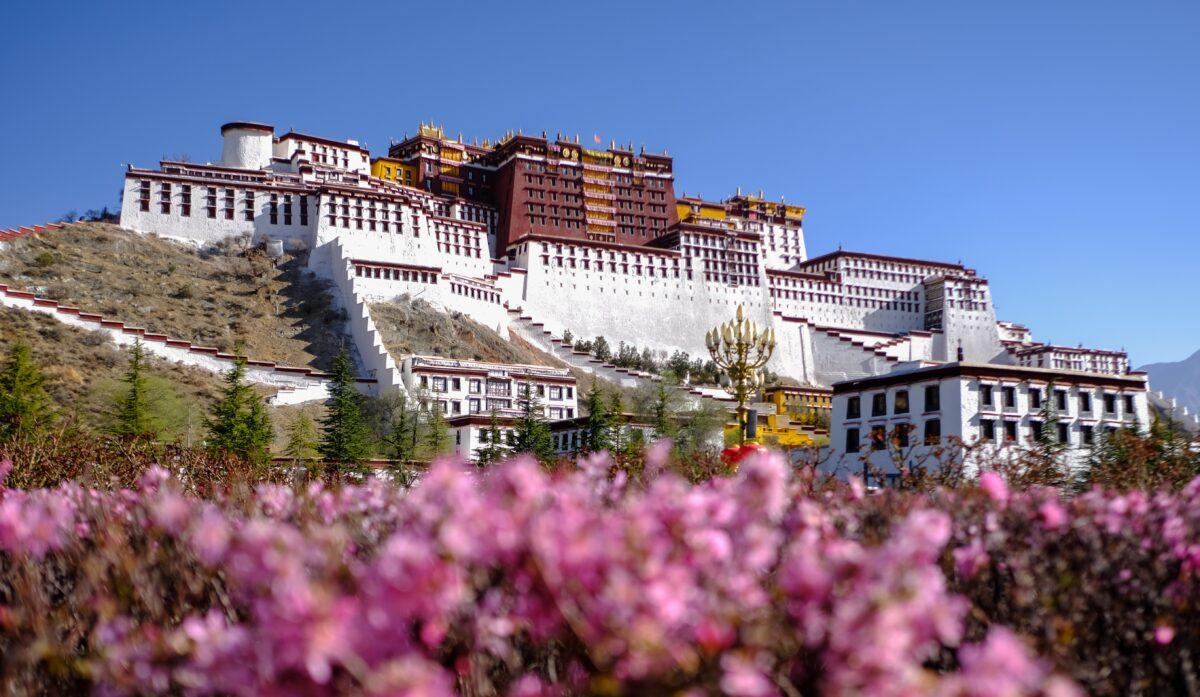
The front of the Potala Palace in Lhasa, Tibet, on March 31, 2022. VCG via Getty Images
In September 1949, communist China, without any provocation, invaded eastern Tibet.
In November 1950, His Holiness the 14th Dalai Lama assumed full Spiritual and Temporal powers as the Head of State because of the grave crises facing the country, although he was barely 16 years old.
In 1951, a Tibetan delegation, which had gone to Beijing to hold talks on the invasion, was forced to sign the so-called “17-point Agreement on Measures for the Peaceful Liberation on Tibet”—with threats of more military action.
The CCP then used this document to carry out their plans to turn Tibet into a colony, disregarding the strong resistance by the Tibetan people. They also violated every article of this unequal “treaty” that they had imposed on the Tibetans.
On Sept. 9, 1951, thousands of Chinese troops marched into Lhasa.
The forcible occupation of Tibet was marked by the systematic destruction of monasteries, the suppression of religion, the denial of political freedom, widespread arrest, and imprisonment and massacre of innocent men, women, and children.
On March 10, 1959, the nation-wide Tibetan resistance culminated in the Tibetan National Uprising against the CCP in Lhasa.
Thousands of men, women, and children were massacred in the streets, and many more were imprisoned and deported.
Monks and nuns were a prime target. Monasteries and temples were shelled.
A week later, the Dalai Lama left Lhasa and escaped from the pursuing Chinese to seek political asylum in India.
He was followed by an unprecedented exodus of Tibetans, many to the northern Indian city of Dharamsala where the Tibetan government-in-exile functions.
Antithesis of the CCP
The history of the past six decades has been of Chinese colonialism and undisguised attempts to erase Tibetan culture and religion. It has been exacerbated under the rule of CCP leader Xi Jinping.Tibetans are basically prisoners in their own land.
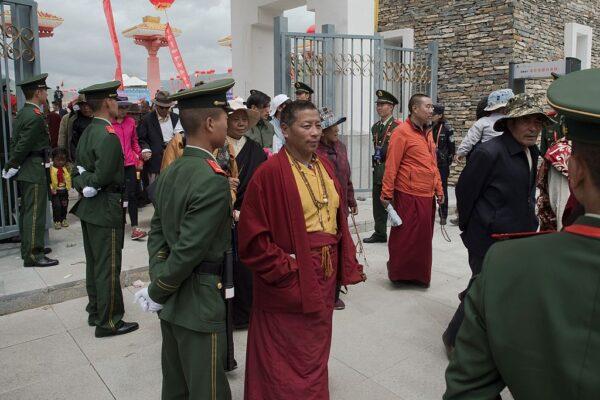
Chinese paramilitary police (in green uniforms) secure an exit as Tibetans monks (C) walk out from a stadium at the end of a local government sponsored festival in Yushu, in the China's northwestern Qinghai Province, on July 25, 2016. Nicolas Asfouri/AFP via Getty Images
The majority of profitable businesses are owned and operated by Han Chinese.
The CCP incentivises Han migration into Tibet within the framework of a decades-long strategy, with the aim of converting the Tibetans into a minority in their own country. The regime also helps Han immigrants with capital for launching businesses.
One million Tibetan school children have been separated from their parents and indoctrinated in government boarding schools.
In May 1995, just three days after the six-year-old Gedhun Choekyi Nyima was named the 11th Panchen Lama—the successor of the current Dalai Lama—he and his family were kidnapped by the regime, not to be seen since.
Instead, the CCP organised its own replacement Panchen Lama, the six-year-old Gyaincain Norbu.
A decade later, in 2007, the regime issued another decree for the administration of the succession of the Dalai Lama.
Leaving aside the irony of the atheistic communist regime determining the process for the reincarnation of the Lama, these events should have been a warning to other religions, especially those with a hierarchical structure not beholden to Beijing.
The Chinese Communist Party leadership has announced recently that “Administrative Measures for Religious Activity Venues,” has started being implemented from Sept. 1, 2023.
This is another CCP move to subjugate and gain control over the religious institutions in China and the CCP-occupied regions.
Article 3 of the Order states that places of religious activity are required to “upload the leadership of the CCP and the socialist system,” implement socialism with Chinese characteristics, and practice core socialist values.
These measures are aimed at suppressing religion under the control of the CCP. Yet other religious bodies, such as the Vatican, cling to a naïve belief that the CCP will relent from religious suppression through an agreement that the regime has breached.
All religion is antithetical to the CCP’s communist doctrine. Mao himself told the young Dalai Lama that “religion is a poison.”
The Tibetan experience of the past 75 years is a clear indication of the CCP’s policies of colonisation.
Australia, like the United States, should impose sanctions on the Chinese officials responsible for the coercion of Tibetan children, and the forceful policies that implement a systematic program of cultural suppression.
We should also laugh at the absurd proposition that an atheistic communist regime can decide who is to be the next spiritual head of Tibetan Buddhism.
Views expressed in this article are opinions of the author and do not necessarily reflect the views of The Epoch Times.
